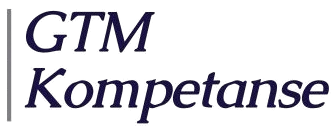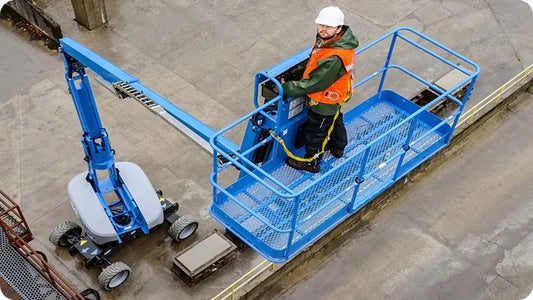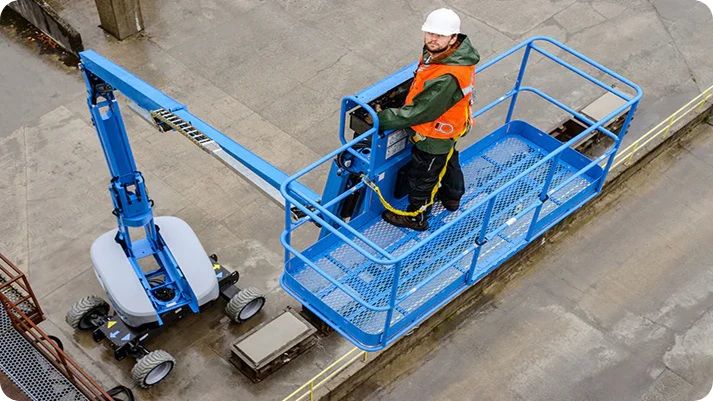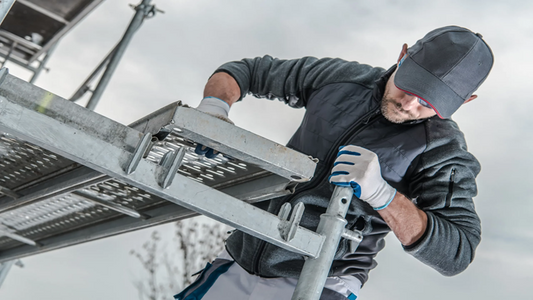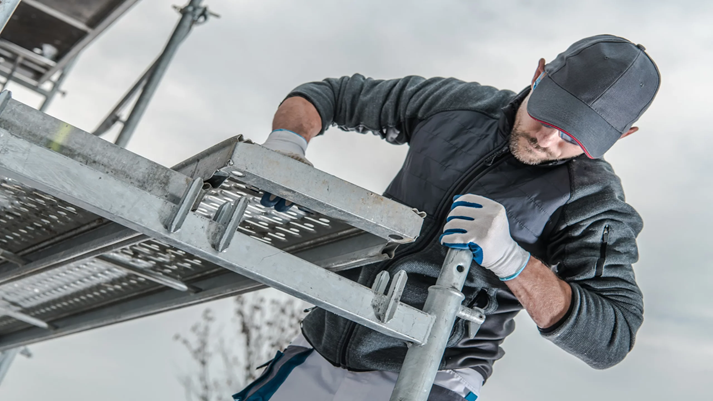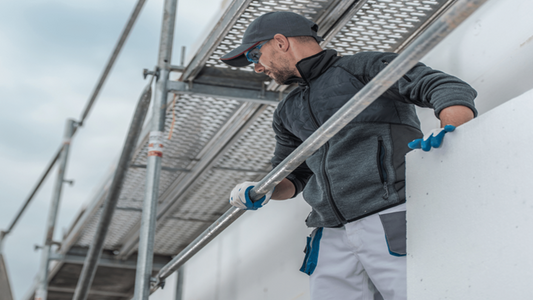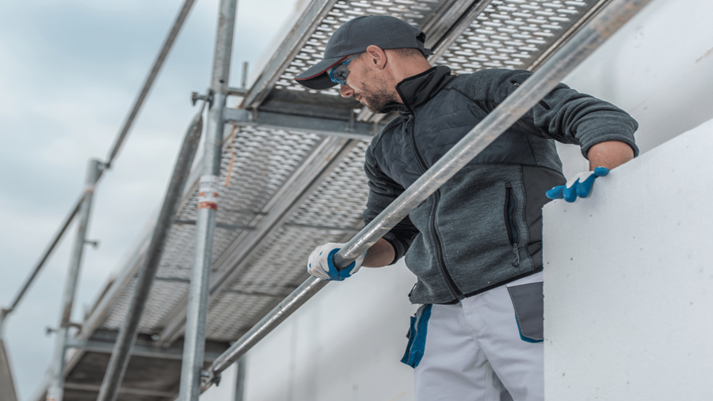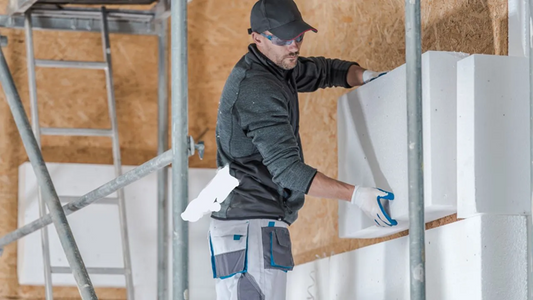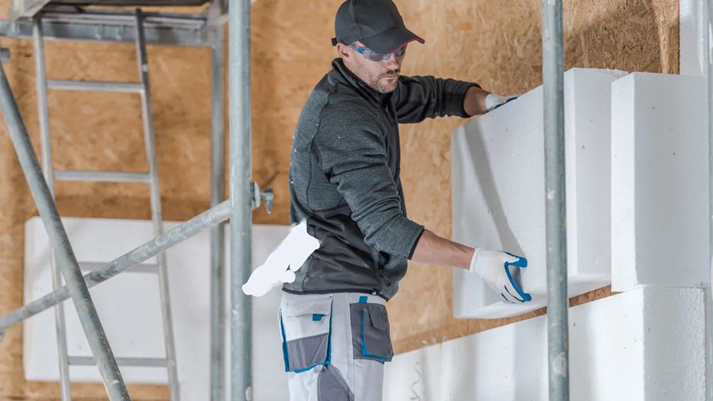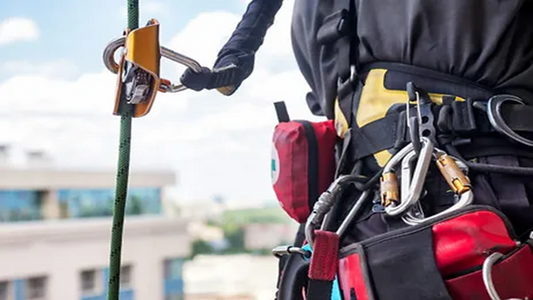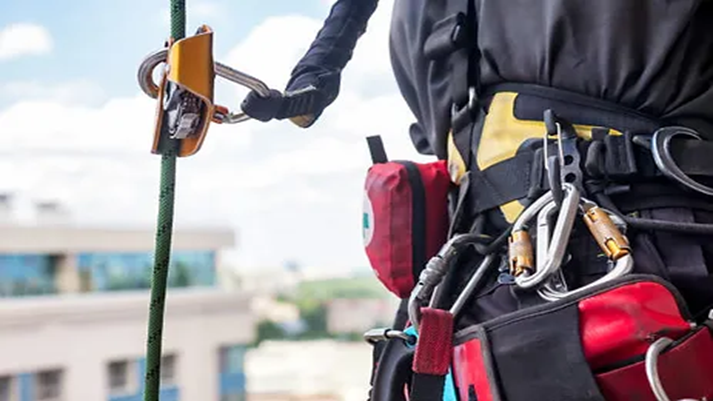Working at height involves significant risks, and good training is only one part of the safety effort. To prevent accidents and ensure safe working conditions, businesses must have clear and implementable safety procedures that go beyond the basic course.
The importance of comprehensive security procedures
Although courses such as scaffolding installer courses and fall protection courses provide the necessary knowledge, it is the daily routines that ensure that this knowledge is put into practice. Routines help identify risks, secure the right equipment, and establish clear responsibilities.
Key components of good safety practices when working at height:
-
Risk assessment before work starts
Before starting work at height, a thorough risk assessment must always be carried out. This includes consideration of weather conditions, the layout of the workplace, and available safety equipment.
-
Proper use and maintenance of equipment
All fall protection equipment, personal lifts and scaffolding must be in good condition, regularly checked and used in accordance with the manufacturer's recommendations. Faulty or worn equipment can lead to serious accidents.
-
Training and certification of employees
Anyone who will be working at height must have documented training, for example through a fall protection course or a Lift course (personnel lifting course) . The training should be followed up with regular refreshers.
-
Clear division of responsibilities
Make sure it is clear who is responsible for safety in the workplace, including checking scaffolding, safety equipment and ensuring that safety procedures are followed.
-
Control routines and documentation
Regular checks and documentation of safety procedures ensure that deviations are detected and corrected quickly. This contributes to continuous improvement of safety work.
-
Emergency plan
Always have a clear plan for how to handle a possible accident, including rapid notification and rescue.
At GTM Kompetanse, we understand that safety at heights requires more than just training – it requires a holistic approach with good routines, the right equipment and a continuous focus on safety. We offer both online and classroom-based courses that lay the foundation for safe practice at heights.
Get in touch to learn more about how we can help your company build a strong safety culture when working at heights!
